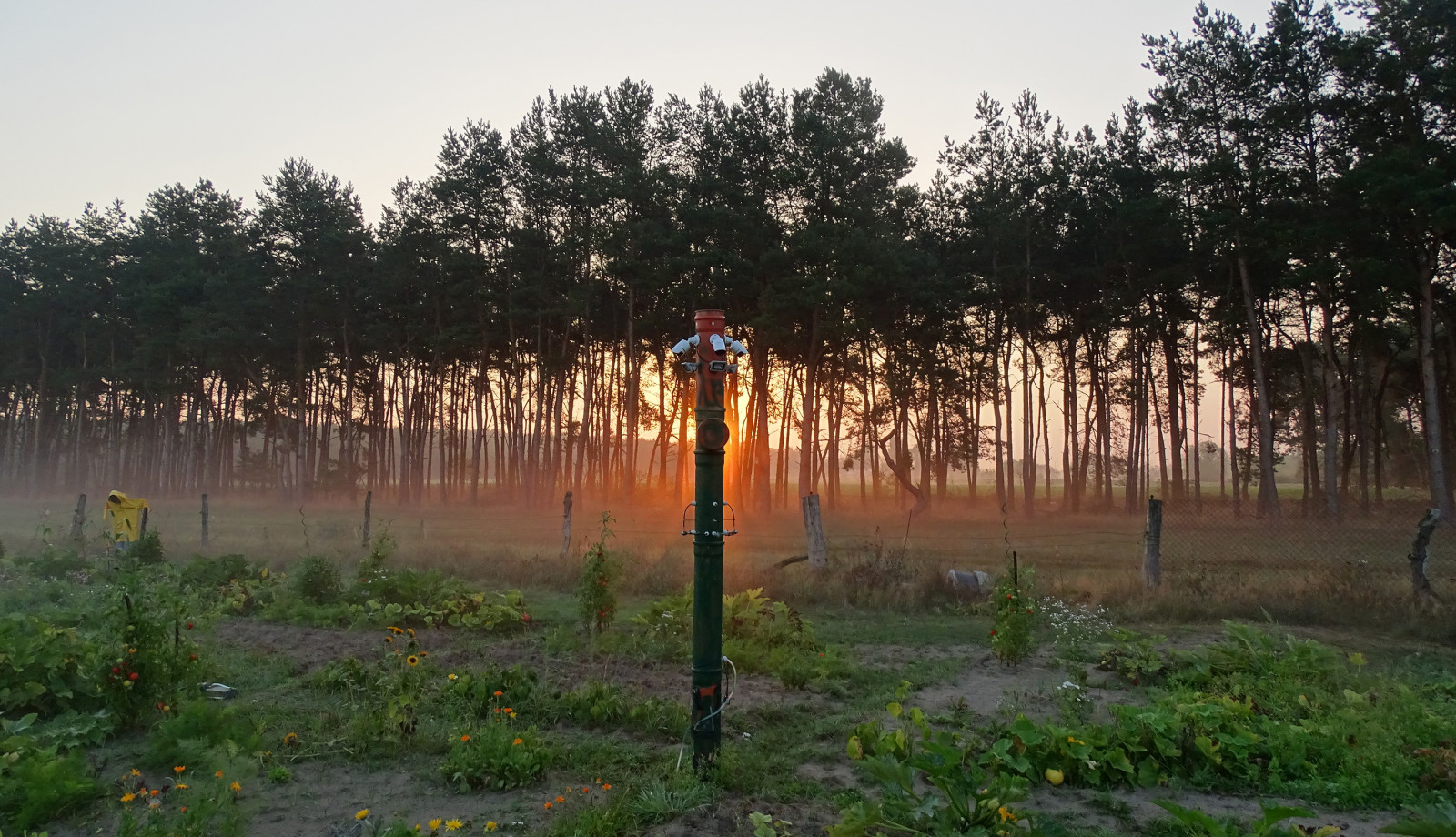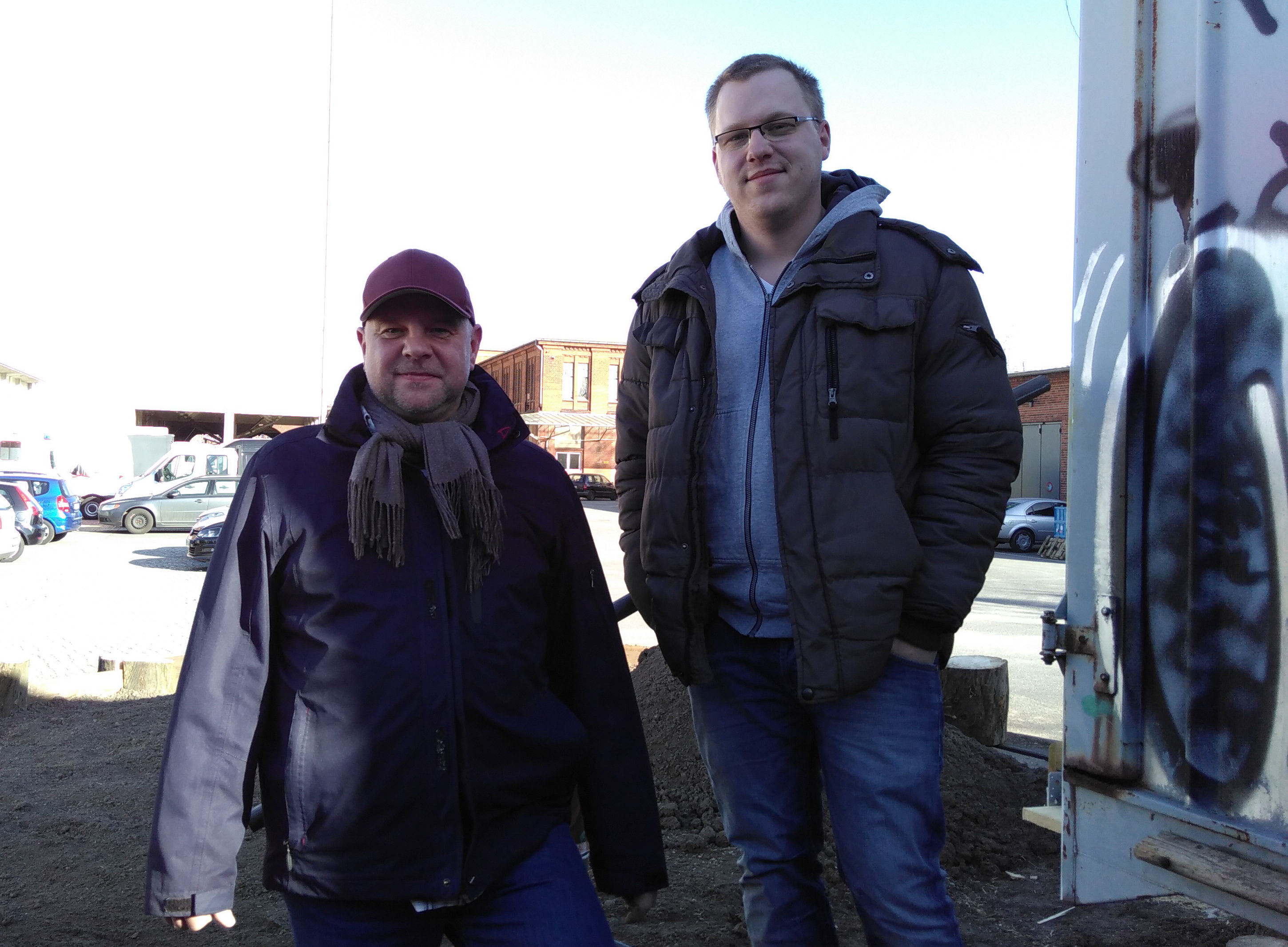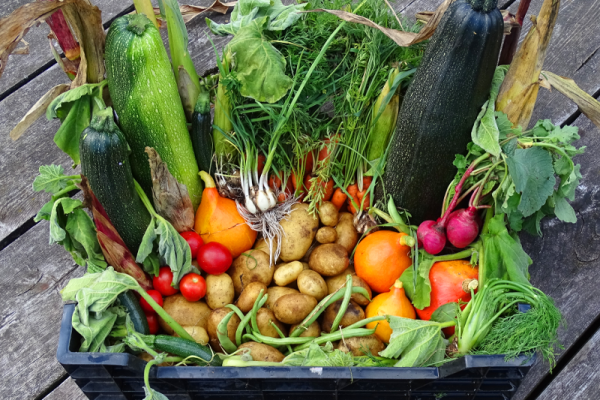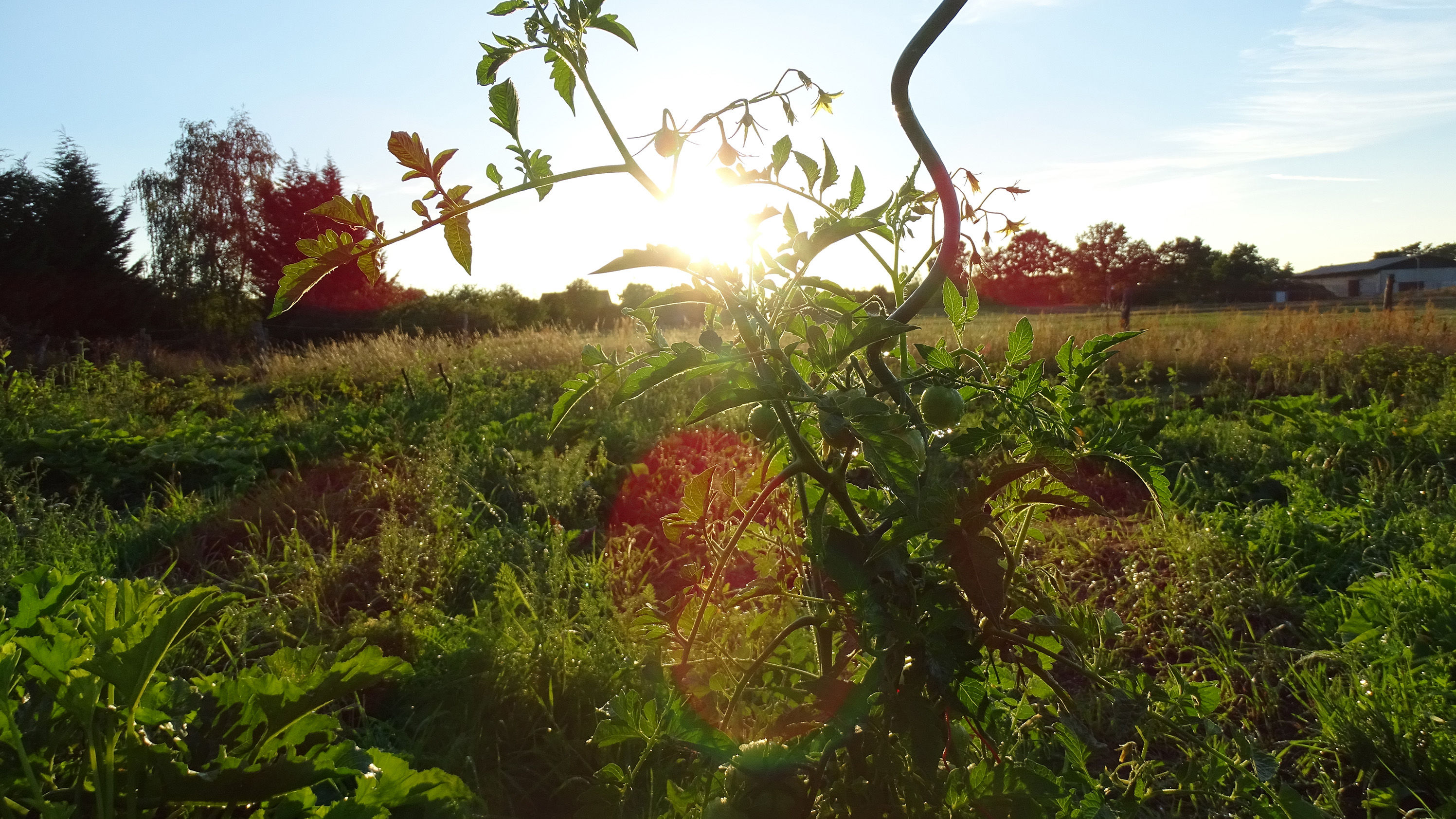
The networked garden
Kneeling in the dirt is a thing of the past – today’s gardeners are just as likely to use a tablet as a trowel.
Kneeling in the dirt is a thing of the past – today’s gardeners are just as likely to use a tablet as a trowel. From sowing and mowing to watering and harvesting, maintenance tasks can all take place via the internet. Meanwhile, sensors give plants a voice – and their owners more time to relax.
No garden at home? No problem: now you can manage one by remote control! This is the idea behind IPGarten. In the fields of Warnau, in the sparsely-populated German province of Saxony-Anhalt, stands what is probably the first completely remote-controlled vegetable garden in the world. The plots here are named ‘Gherkzilla Island’, ‘World improvement test bed’ and ‘Ernesto Che Gazpacho’. Sixteen green-brown pipes tower between them, supporting cameras, lights and water valves. A light on one of the pillars turns on.
The person who hit the switch is Martin Kruszka, who is currently sitting 101 kilometres away at his desk in a former factory in Berlin. His tools are sensors and screens, not rakes and spades. He gives the orders from his office, and later on, a farmer will carry out the actual work. During the development and test phases in 2017, the team performed all the tasks themselves, gathering plenty of experience – a major asset.
Lack of green fingers and sufficient spare time
Kruszka is a pioneer of garden digitalisation. He came up with the idea of remote gardening because he wanted to grow his own vegetables, but lacked both green fingers and sufficient spare time. ‘I bought this patch of land 25 years ago and sowed the first courgettes just a few years ago,’ he says. ‘When I next found time to visit – several months later – there were tonnes growing there.’ He returned to the city with a heap of courgettes – and an idea. The courgettes went into the cooking pot, while the idea became a business: a garden that can be controlled remotely by city-dwellers.
Together with three partners and two investors, he founded IPGarten, putting an end to the usual excuses people make for not starting their own garden. ‘We’re solving the problem of city-dwellers not having enough time or space for a garden,’ says Kruszka. ‘This way, they can grow their own food too.’
Keyboards replace pitchforks
IPGarten, which is fully online, represents just one way in which digitalisation is changing gardening: there are also plenty of analogue allotments where apps have replaced the time-honoured method of sticking your finger in a bed to test the soil. Technology is already capable of taking all the work out of gardening: mowing robots use artificial intelligence, GPS and ultrasound sensors to find the optimal route across a lawn, while apps collect data and send details of every plant and shrub to your smartphone. The allotment was one of the last bastions of the analogue in everyday life, but digitalisation is now transforming analogue plots into smart green spaces.
Technology tells the digital gardener when the ground is dry or needs fertiliser. Temperature and light sensors indicate where plants are growing and what they need. A personal plant assistant gives tips on care and harvesting. The intelligent watering system springs to life at the touch of a button in an app hundreds of miles away. Suddenly, the gardener has more data about their plants than they do about their own behaviour. And with a little optimisation, any space can become a vegetable-producing paradise.
We’re solving the problem of city-dwellers not having enough time or space for a garden.
From clicks to courgettes
The 16 m2 IPGarten plots are planted with three varieties of potato as standard, along with garlic, onions, cabbage, flowers and herbs. These take up half the area, while the rest can be planted as the tenant wishes. Once the potatoes or carrots are fully-grown, a gardener will harvest them and drive them to Berlin. The service currently costs EUR 395 (approx. CHF 430) for private customers, while corporate customers pay EUR 480 (approx. CHF 524). However, the tenant is not allowed to physically work on the site themselves. ‘After all, if everyone started driving out to the site, it wouldn't be environmentally friendly any more,’ says Kruszka.
Theoretically, you could even manage a plot from Switzerland, although this would be something of an academic activity since harvests belonging to customers who live far away or who are on holiday are donated to homeless Berliners. ‘We don't send the produce to customers. That would contradict our goal of regionality,’ says Kruszka. However, he doesn't rule out an expansion, as there’s been a lot of interest from Asia as well.
The IPGarten startup is already offering an autopilot, a service that can be booked for a fee. We’ll just have to hope that gardeners can still find ways to relax once they've abstracted themselves out of their own gardens, leaving behind the birdsong and the sweaty work of raking.
Seven tips for the perfect digital garden
1. Get some gardening practice with a plot in IPGarten (see above) or an organic farm on your balcony – like the space-saving, semi-automated allotment systems from «Geco-Gardens».
2. Ready for a real garden? Apps such as GrowVeg can help you prepare. The virtual layout plan means there’s no need to strain your muscles moving plant pots around. Good apps also give tips on location and crop rotation, or you can use planning tools such as Garden Planner.
3. A mowing robot is a must – preferably one with sensors that let it stop work when it rains and avoid any hedgehogs or pets that get too close. Gardena’s smart mowers are one option Gardena.
4. Water sensors for plants can come in handy, particularly when they're powered by solar energy. But it’s up to you to decide whether to give them power over the watering itself.
5. A waterproof webcam makes remote gardening more fun, and there’s nothing better than a camera mounted on a mowing robot – preferably with a controllable LED spotlight for night-time Exploration.
6. Apps such as «GreenIQ» and My Garden are perfect for data analysis. Tip: share your successes on your social Networks!
7. Stay innovative! Platforms such as Kickstarter and Startnext regularly feature new gardening gadgets, from plant containers and watering solutions to sensors.
Pictures: IP Garten






